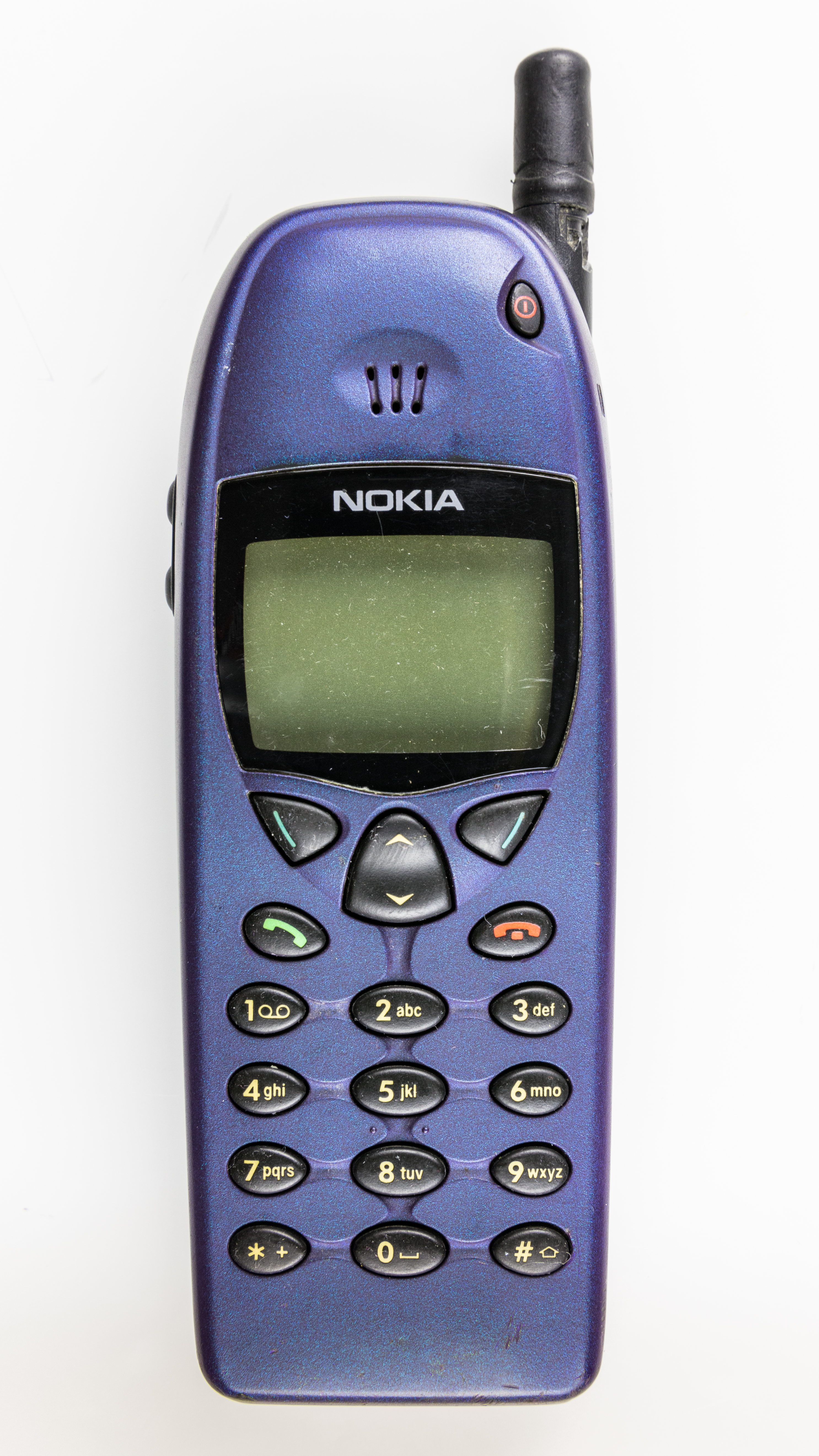|
Today's Opinions, Tomorrow's Reality
Taking Over the World By David G. Young Miami Beach, Florida, February 8, 2022 -- The ARM processor dominates the mobile phone market, and looks poised to take over desktop computing as well. At first glance, the Nokia 6110 isn't very impressive. The chunky cell phone was released in 1998 and epitomizes the brick-like devices everybody carried until the arrival of the smart phone a decade later. If you are over 40, there is a good chance you have one of these or its cousins collecting dust in a drawer somewhere.
But looks can be deceiving. Crack open that humble Nokia and you will find the very first ARM chip ever put into a mobile phone. Today, these processors power nearly every smartphone in the world and are now poised to topple Intel off its perch for dominance of personal computers. Yesterday, SoftBank Group announced plans to sell its ownership of UK-based ARM Ltd. to the public after regulators blocked its planned sale to Nvidia.1 This IPO, if it goes though, will secure ARM’s independence and accelerate its chips' takeover of the industry. That move should have executives at Intel running scared. The American microprocessor giant has a market cap of $198 billion nearly five times the value of ARM Ltd.’s $40 billion proposed sale.2,3 Intel’s value is based almost entirely on its dominance of the brains behind the personal computer, something it has enjoyed since the IBM PC lost control of the platform to to Intel and Microsoft in the late 1980s. Intel makes so much money because it charges so much for its processors. Its newest core i9 desktop processor retails for over $400.4. Compare this to the newest ARM i9 architecture, whose processors typically retail for $11.5 Listen to an Intel sales rep and they will quickly trash any comparison of Intel to ARM. Intel processors are so much more powerful than their cheaper ARM competitors that there is simply no comparison. And while there is truth to this argument, at least for the simple configurations ARM designs, the same cannot be said for its customized relatives. Just 14 months ago, Apple began producing powerful laptops based on ARM. The "Apple Silicon" chips are customized versions of ARM cores optimized for performance. While the tech community was initially skeptical, the devices have exceeded expectations. The 2021 16-inch MacBook Pro destroys its Intel equivalents in benchmarks.6 When performing a processor intensive task on the author's 2019 MacBoon Pro with an Intel processor, the case gets hot, the fans begin to spin, and an annoying spinner shows up on the screen telling you to wait. Perform the same task on his 2021 ARM-powered model and the case stays cool, no fans come on, and the spinner never comes up at all. Apple does a lot of bragging about its accomplishments with its home-grown processors — it deserves to. But Apple could never have done this without ARM Ltd.'s simple, clean, power-efficient standard designs and its practice of licensing them for customization. For years, cell companies like Motorola and Qualcomm licensed ARM's designs to integrate them with their digital radios. But now Apple shows how well this can be done for a general purpose computer. To be clear, a switch from Intel to ARM is not just for Apple computers. Google has long made its Chrome laptops run on ARM chips, Linux does as well, and even the first versions of Microsoft Surface machines ran ARM. Today, the Windows OS fully supports ARM, although few manufacturers build machines with it because of a lack of commercially available ARM processors optimized for laptops and desktops. That may be about to change. With an IPO in the future for ARM Ltd., its practice of licensing its chips for customization will most certainly continue. Apple has shown the incredible things that are possible with ARM-powered PCs, and other manufacturers have taken notice. ARM has already taken over the world of mobile phones. Now that the company isn’t going away, it is posed to take over the world of desktop computing, too. Notes: 1. National Public Radio, That Big Deal for Nvidia to Buy Computer Chip Giant ARM has Come Crashing Down, February 8, 2022 2. Yahoo Finance, Intel Corp. Market Capitalization, February 8, 2022 3. National Public Radio, Ibid. 4. Amazon.com, Intel i9 Desktop Processor Product Listing, as posted February 8, 2022 5. Digikey, AT91SAM9RL64-CU Product Listing, as posted February 8 2022 6. ARS Technica, 2021 MacBook Pro Review: Yep, It’s What You’ve Been Waiting For, October 29, 2021 |


